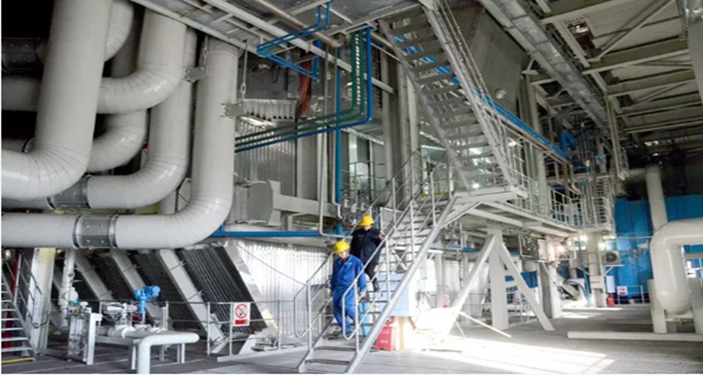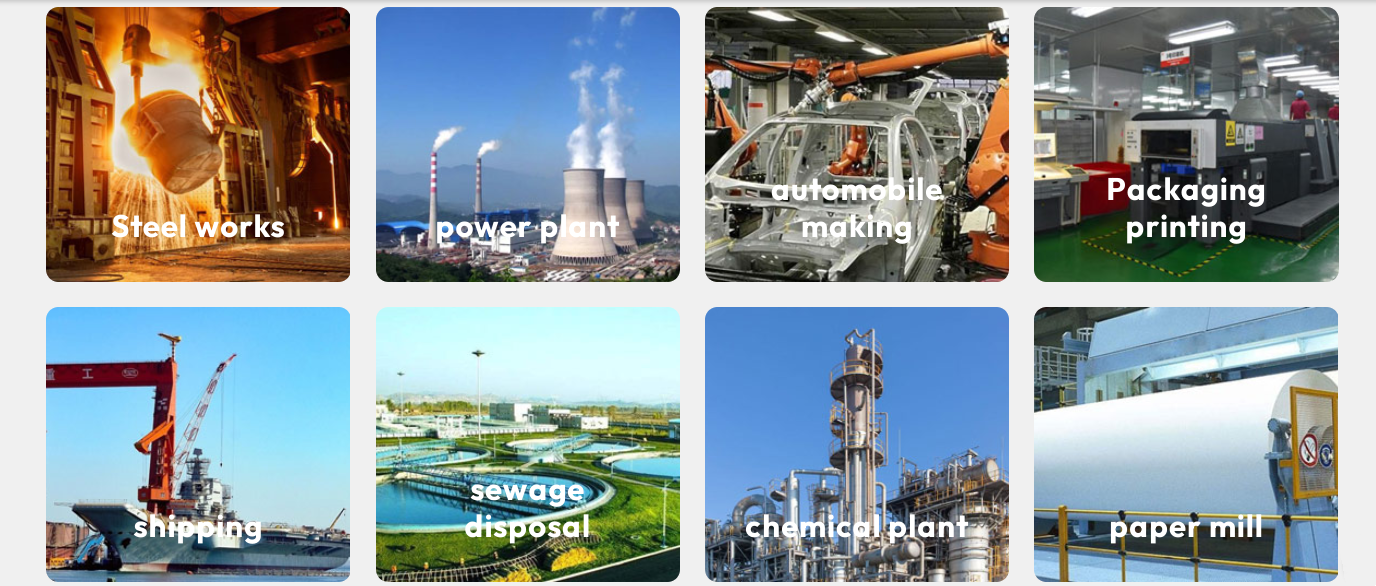Historical Development of Automatic Control Systems
Automatic control system refers to the use of some automatic control devices to automatically control certain key parameters in production, so that when they deviate from the normal state due to external interference (disturbance), they can be automatically adjusted and returned to the numerical range required by the process. Various process conditions cannot remain unchanged during the production process. Especially in chemical production, most of them are continuous production, and various equipment are interrelated. When the process conditions of one equipment change, it may cause some parameters in other equipment to fluctuate more or less, deviating from normal process conditions. Of course, automatic adjustment refers to the absence of direct human involvement.
After more than 20 years of development, the manufacturing industry of industrial automatic control system devices in China has made significant progress, especially since the 1990s, the output of China’s industrial automatic control system device manufacturing industry has maintained an annual growth of over 20%. In 2011, the manufacturing industry of industrial automatic control system devices in China achieved remarkable results. The total industrial output value completed throughout the year was 205.604 billion yuan; The product sales revenue was 199.673 billion yuan, a year-on-year increase of 24.66%; The total profit achieved was 20.284 billion yuan, a year-on-year increase of 28.74%. Domestic automatic control systems have successively achieved breakthroughs in the fields of thermal power, fertilizer, and oil refining.
The main players in China’s industrial automation market are software and hardware manufacturers, system integrators, and product distributors. In the field of software and hardware products, the mid to high end market is almost entirely monopolized by well-known foreign brand products, and this situation will continue to be maintained; In the field of system integration, multinational corporations occupy the high-end of the manufacturing industry, and companies with deep industry backgrounds take the initiative in related industry system integration businesses. System integration companies with rich application experience are highly competitive.

In the industrial automation market, there is a mismatch between supply and demand. What the customer needs is a complete electrical control system that can meet their own manufacturing process, while the supplier provides various standardized device products. There are significant differences in electrical control among different industries, and even within the same industry, customers have varying demands due to their different processes. The contradiction between supply and demand has created development space for the industrial automation industry.
China has the world’s largest market for industrial automatic control system devices. Traditional industrial technology transformation, factory automation, and enterprise informatization require a large number of industrial automation systems, and the market prospects are broad. Industrial control automation technology is developing towards intelligence, networking, and integration. Based on the promising development prospects of industrial automation control, it is expected that the market size of the industrial automation control system device manufacturing industry will exceed 350 billion yuan in 2015.
With the continuous intensification of competition in the industrial automatic control system device manufacturing industry, mergers and acquisitions and capital operations among large industrial automatic control system device manufacturing enterprises are becoming increasingly frequent. Excellent domestic industrial automatic control system device manufacturing enterprises are paying more and more attention to research on the industry market, especially in-depth research on the industrial development environment and product buyers.










